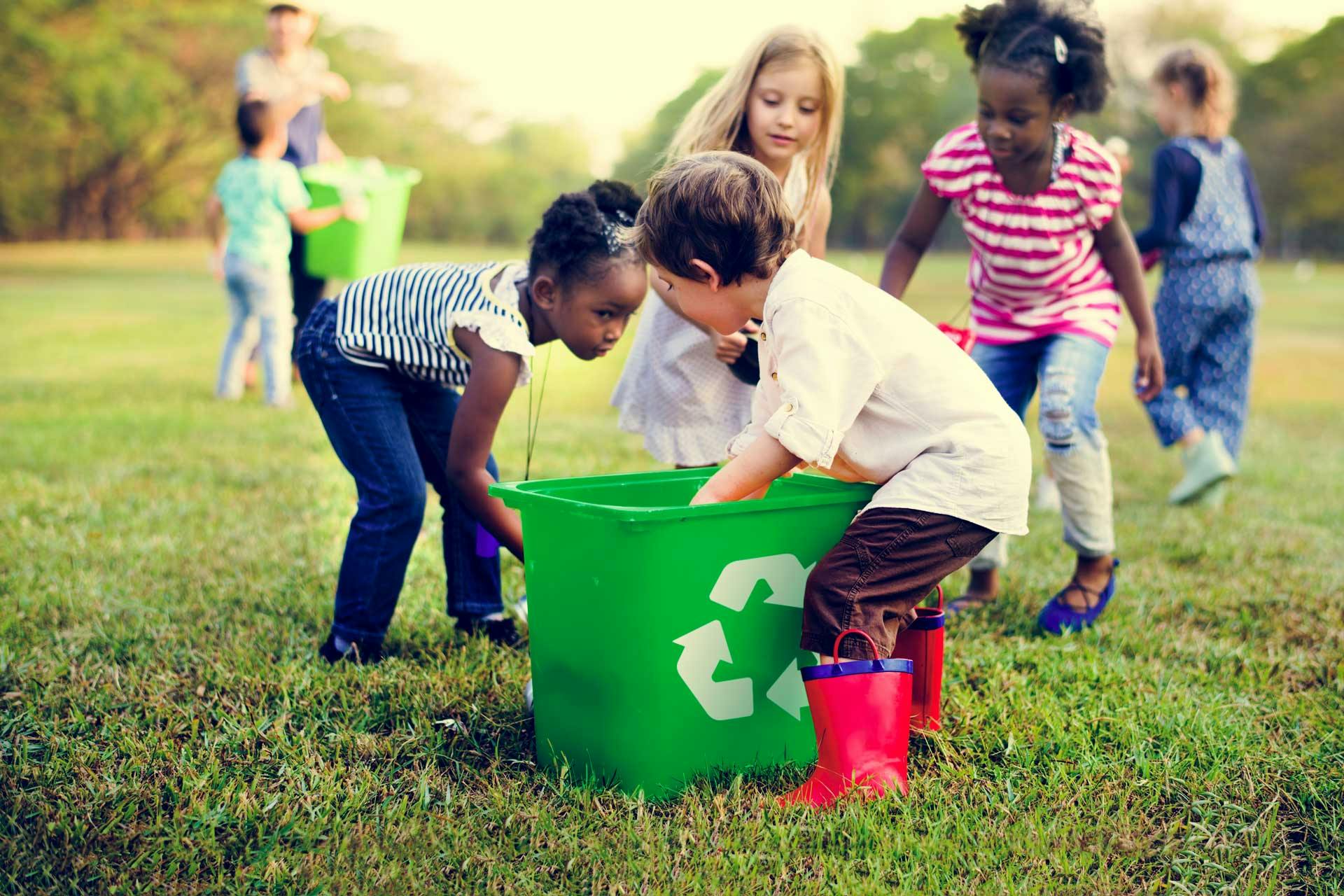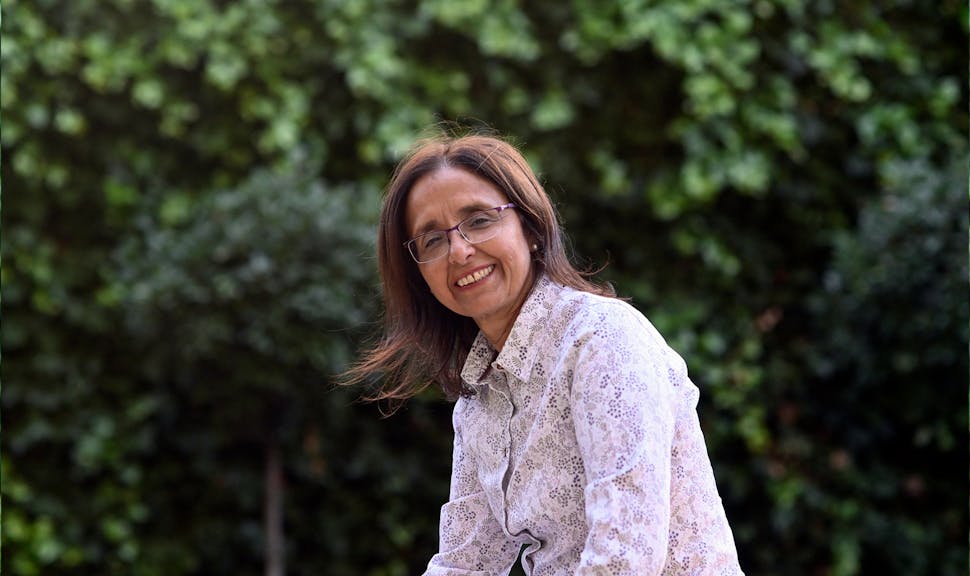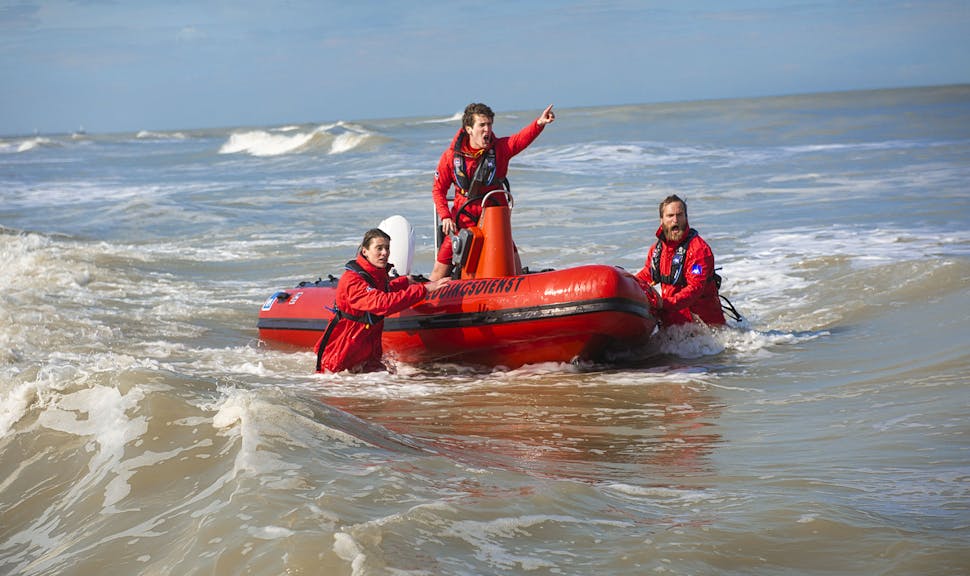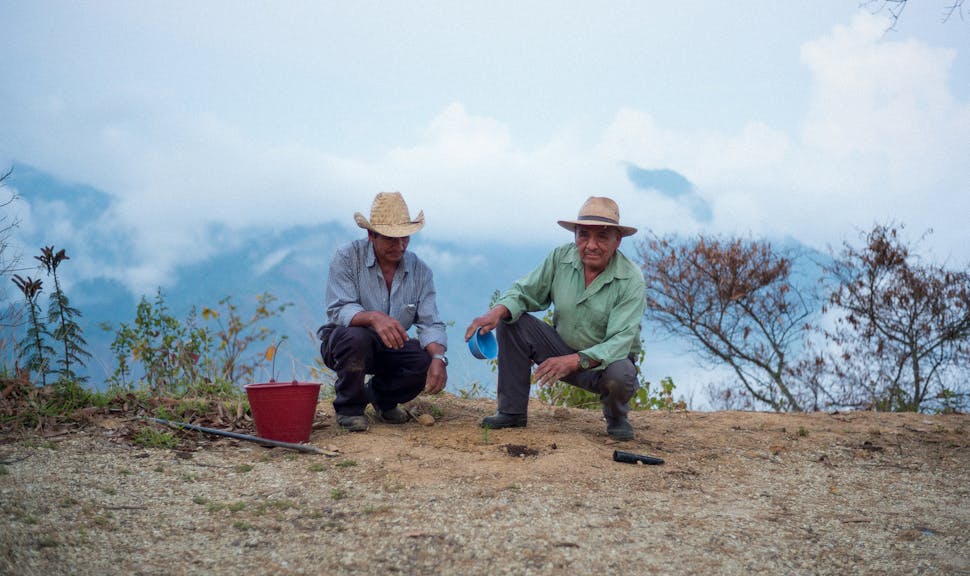
April 16, 2018
Is the circular economy the economy of the future?
Since the onset of the Industrial Revolution, the world has chosen a linear economic model: take, make, and dispose. Today, faced with dwindling natural resources and a climate emergency, many see circular economy as the future. So do we.
2 minutes
The consumption intensity of natural resources has risen non-stop over the past 150 years. Population growth – especially the expansion of the world's middle class, which could number more than 5 billion in 2030* – is inducing an exponential increase in consumption and pollution so high that it has become a threat to public health worldwide.
The circular economy promises to solve this problem. It offers the world’s economies a new paradigm: a sustainable and economically viable framework that can decouple growth from natural resource consumption.
What is the circular economy?
The circular economy contrasts with the linear take, make, and dispose
economic model and replaces it with a system where natural resources are kept in use for as long as possible, to optimize their consumption, and used products are transformed at the end of their lifecycle.
Recycling is therefore an important, but not the only, part of the circular economy. Right from the start, manufacturers must consider the product’s entire lifecycle – or multiple lifecycles, since it can be used, refurbished, reused, and then recycled into another product that follows the same cycle.
Circularity also means thinking service
rather than product
. The sharing economy and collaborative models actively support a circular economy by extending the duration of, and thereby maximizing the use of products. According to Ernst & Young, one shared car can replace between 9 and 13 individually owned vehicles.
How can AXA help develop the circular economy?
Although we are not a consumer-goods manufacturer, our business as an insurer and our role as a global financial player enable us to have a real impact on this economic and energy transition.
Our ambition is to be the collaborative economy’s principal partner. In 2015, we signed a worldwide partnership with the BlaBlaCar car sharing platform to insure all its users. Many other partnerships have followed since, including with OuiCar, Uber and Deliveroo. The circular economy offers an opportunity to insure new activities related to product disassembly, refurbishing and recycling, as well as to imagine new kinds of insurance to promote the circular economy.
Our asset management business is another important lever to support the development of a circular economy. We have been investing in the circular economy since 2016, through our impact investment funds, which select assets based on financial returns as well as their positive social and environmental impact. For example, we invest in Circularity Capital’s European Growth Fund, which is dedicated to the circular economy.
We also act internally, through our responsible purchasing policy that promotes circularity. We are working to diminish our environmental footprint, for example by reducing our waste, especially waste generated by our IT equipment use.
Supporting the circular economy is a real opportunity to initiate a global transition toward a more sustainable economy that combines growth with environmental sustainability.



